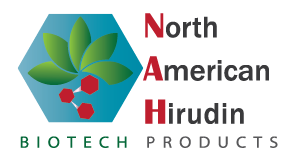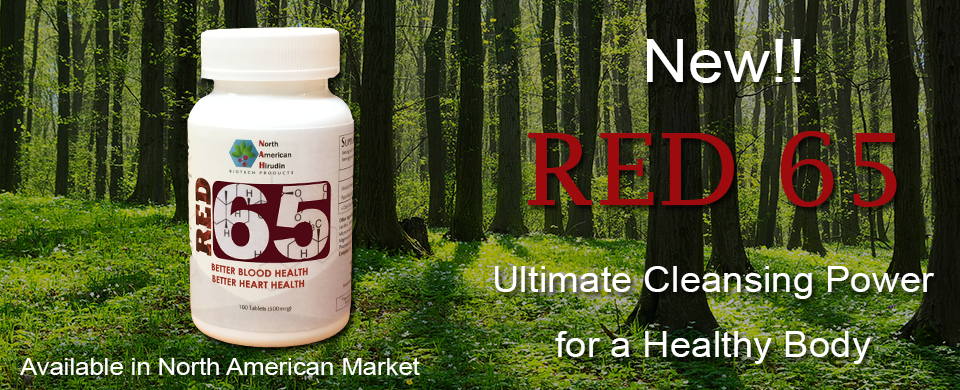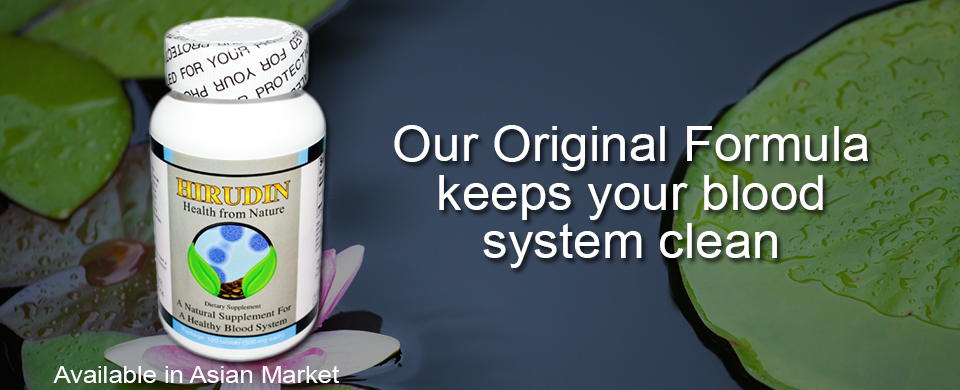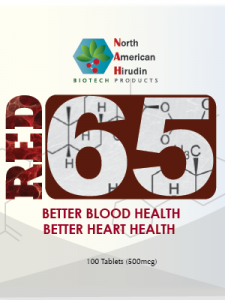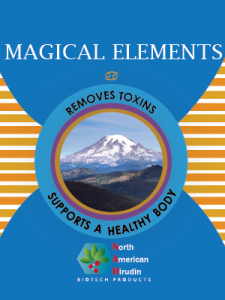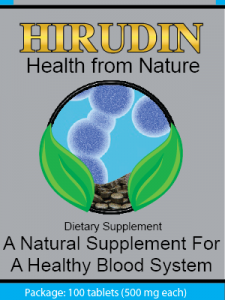Excitoxicity is the damaging and killing of nerves by the excessive stimulation of nerve cells by neurotransmitters such as glutamate and similar substances. Glutamate or a like substance overactive the receptors for the excitatory neurotransmitter glutamate (known as a glutamate receptor); these are also called the NMDA receptor and AMPA receptor. Pathologically high levels of glutamate (and other excitotoxins like NMDA and kainic acid) bind themselves to these receptors; this causes excitoxicity by opening or widening an otherwise closed or limited pathway allowing high levels of calcium ions to enter the interior of the cell.
The influx of calcium ions activates a number of enzymes in higher than normal quantities including phospholipases, endonucleases, and proteases. These enzymes damage the structural components of the cell like the cytoskeleton, membrane and DNA.
In ALS (amyotrophic lateral sclerosis), damage to the mitochondrial DNA of the motor neuron cell triggers the production of reactive oxygen species (ROS) leading to a further increase in the glutamate concentration, leading to higher calcium ion levels and a cascading serious of damaging events to the motor neurons. In ALS, the motor neurons are highly susceptible to excitoxicity.
Glutamate is a normal excitatory neurotransmitter in the human central nervous system. IN a normally functioning central nervous system, the glutamate concentrate can increase briefly in the synaptic cleft between neurons, but then rapidly decreases. It is when the concentration cannot be decreased or reaches higher levels that the neuron kills itself in a process called apoptosis.
Many neurological diseases are associated within the breakdown in communication between neurons, either because they have been damaged, have died, or have been encumbered internally by abnormal fibrous growths or accumulations of proteins that inhibit function and communication. As such, any progression of damage results in a progression of symptoms. While the presence of glutamate has not been cited as a direct cause of Alzheimer’s Disease or Multiple Sclerosis, the damage it does to neurons can mimic the symptoms of these diseases and may, in the end, be an actual contributor to the progression of these diseases.
Parkinson’s disease is identified by the death of dopamine-generating cells in the substantia nigra, a region of the midbrain. The exact cause of the cell death is unknown, therefore giving glutamate excitoxicity a possible role in this neurodegenerative disease. However, the excitoxicity may just as possibly be related to dopamine itself, either not enough or too much of it leading to an imbalance causing damage to the neuron receptors.
Fibromyalgia is a recognized central nervous system disorder caused by neurological abnormalities. Studies are still underway to fully understand the myriad array of symptoms and causes of the disorder, one of the theories centers on the main cause of fibromyalgia to be a disruption of normal dopamine-related neurotransmission.
Huntington’s disease is another neurodegenerative genetic disorder that affects muscle coordination and leads to cognitive decline and dementia. It is a genetically inherited disorder, but is theorized to be aggravated by even normal amounts of glutamate in the system causing excitoxicity in a cascading effect, combining with the Huntingtin protein in accelerating motor neuron damage.
Attention deficit hyperactive disorder (ADHD) is a developmental disorder primarily characterized by the co-existence of attention problems and hyperactivity. Several studies have established a strong link with scientific data that ADHD is connected to abnormalities with the neurochemical dopamine. Other studies have indicated possible links to pesticides and artificial food colorings as being contributing factors to the development of the disorder in utero and early childhood.
There is a clear link between excitotoxins and other chemicals disrupting the normal function of the brain and even damaging it, leading or contributing to many of these disorders and diseases.
